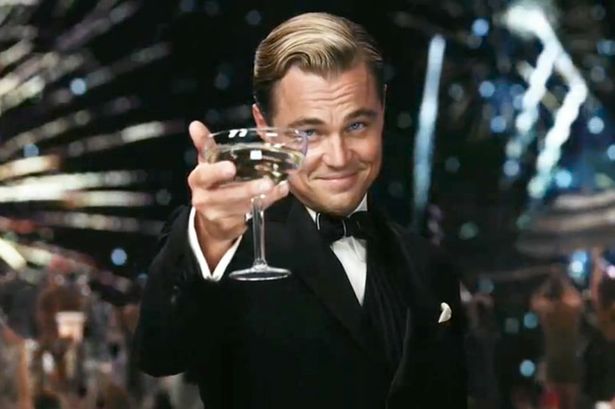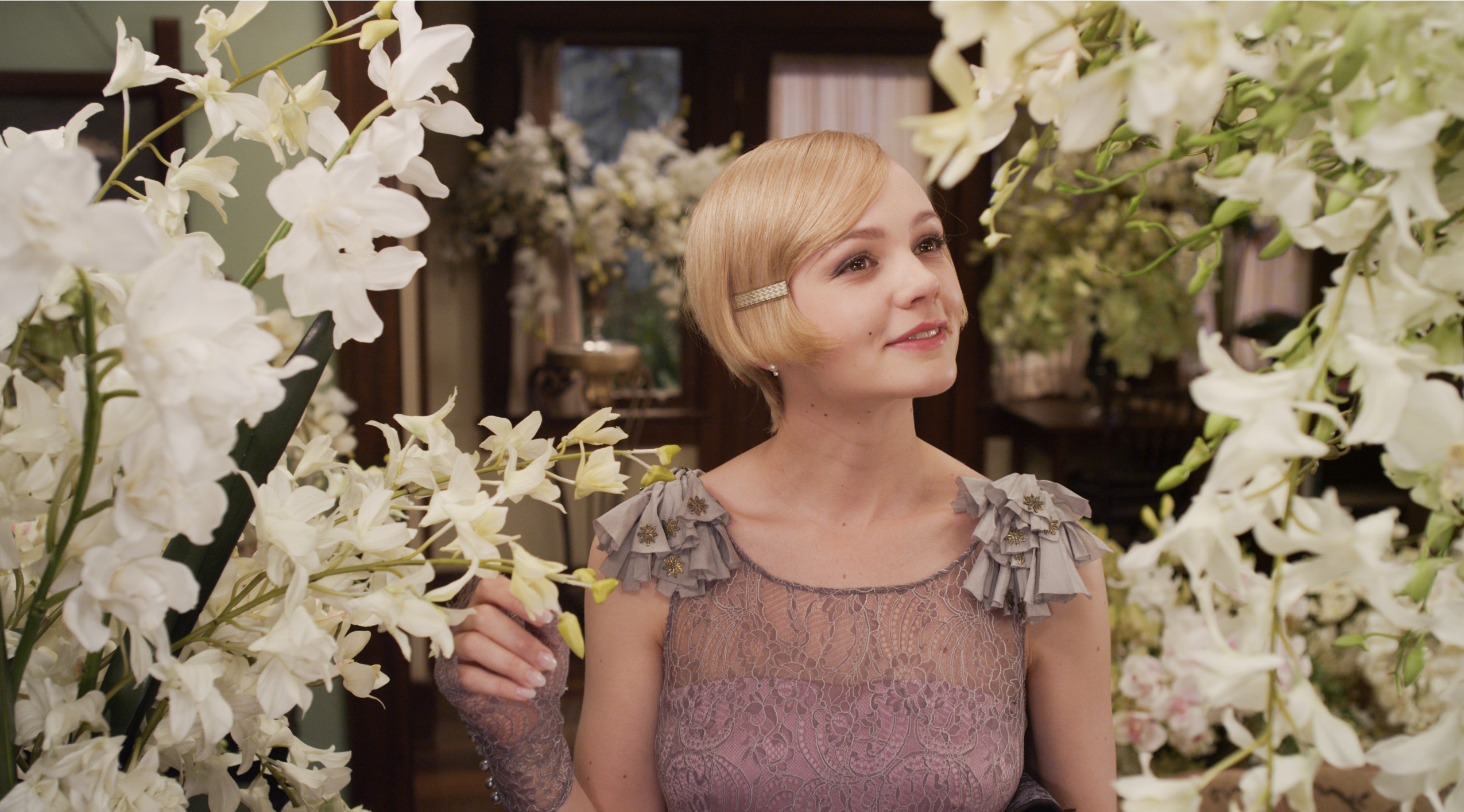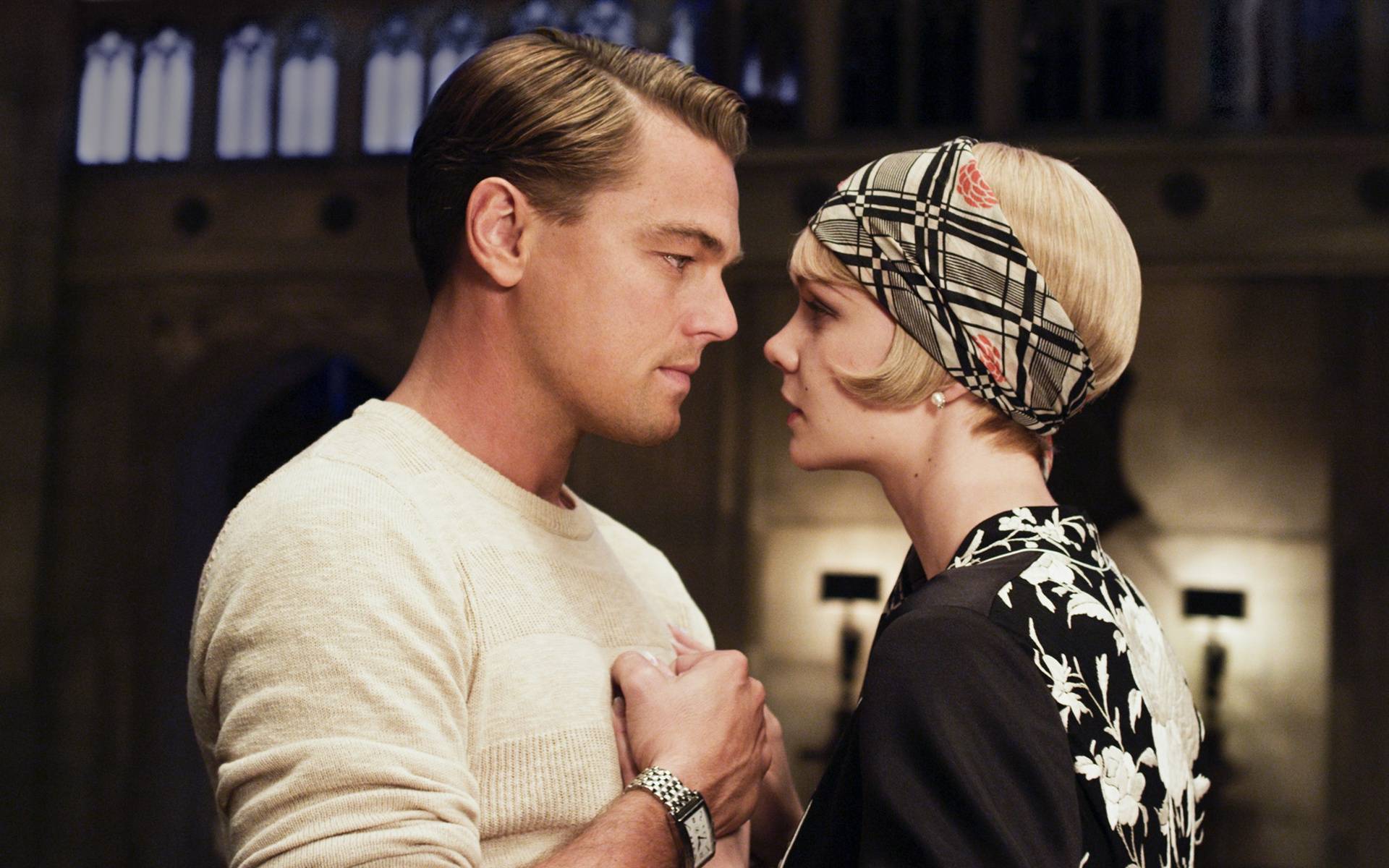|
Baz
Luhrmann's The Great Gatsby is
big, loud and lavish, more of
an event than a film, and a substitution of essence for grandiosity.
From the
moment it was announced that the Australian filmmaker would adapt F.
Scott's
Fitzgerald's 1925 classic novel did we expect anything else? What Baz
fails
to cement is genuine purpose for his filmic style and the very
reasoning for
filming this story again. There have been three previous film
adaptations,
including a 1974 version with Robert Redford. The novel itself also
possesses
its own cinematic qualities, which further asks why it needed to be
made into
another film. Modernist writers, authors from the post-WWI period like
Fitzgerald, T.S. Eliot and Faulkner, were influenced by the power of
cinema in
their work.
In
his essay "T.
S. Eliot and Cinema", David Trotter draws symmetry between the
techniques
of the written text and film: "The literary text, we are told, is structured like a
film, in whole or in part: it
has its "close-ups," its "tracks" and "pans," its
cuts from one "shot" to another. Writers and film-makers were
engaged, it would seem, in some kind of exchange of transferable
narrative
techniques". Trotter's essay reveals a broader question about why a
novel
needs to be adapted to film. Some film adaptations achieve heightened
immediacy
and atmosphere and expose more people to the source material. The
producer
of Gatsby, Douglas
Wick, said that they wanted the
story to be relevant to a new generation and make it less like a period
film.
Yet by utilising dizzying filmic techniques, including a superfluous 3D
layer,
Baz is selling a new generation a broader, faster but simplified
version of
this story that doesn't understand the novel's intentions.

As
a filmmaker, Baz
has fine technical knowledge but he never knows when to call cut. With
his
first film Strictly Ballroom,
he showed
careful selection in his direction, building a small, contained but
hugely
entertaining crowd pleaser. Now he is part of a Hollywood studio system
where
directors make their films increasingly more elaborate and grander so
that they
can sustain their own relevancy and bankability. His worst film Australia revealed
his irrepressible kitchen sink
syndrome by mixing jarring acting styles, dramatic and comedic tones
and
undisciplined cinematic choices. Despite drawing a rich, powerhouse
cast
for Gatsby including,
Leonardo DiCaprio, Tobey
Maguire, Carey Mulligan and Joel Edgerton, some of these erratic
stylistic
choices and habits come back to haunt Baz.
The
first half of the movie feels rushed
and hollow. Baz's primary technique is rapid cutting, so scene
transitions and
beats between set pieces become so frazzled that there is little time
spent on
substantiating the notion of old and new money - a core element of the
novel.
The camera movements are needlessly speedy, dipping and zooming wildly
from the
top of skyscrapers so that the few times they are allowed to pause is
for a
brief freeze-frame. Baz also treats the party scenes as though they are
an
elaborate music video, with bodies constantly in motion, as waiters and
servants file into rooms with perfect synchronisation. This is all high
kinetic
movement but ultimately wasteful energy as these formal choices fail to
connect
themselves to a theme relating to class or materialism.

The
soundtrack is also narrowly geared
towards a younger demographic, instead of the authenticity of the Jazz
Age or
the novel's thematic core. Modern singers like Jay-Z and Beyonce are
used in
the film and the familiarity of their voices is distracting. In a
crucial
moment where Jay Gatsby (DiCaprio) prepares to reunite with Daisy
Buchanan
(Mulligan), a remix of Beyonce's song "Crazy in Love" plays over the
vision of servants marching into the house together. It's a terribly
directed
scene that mistakenly treats Gatsby like a slapstick comedian. There is
a lot
of overstatement like this, particular when Nick Carraway (Maguire),
who
narrates the film through a voice-over, regurgitates observations
already made
clear by the camera.
The
second half is mercifully slower,
providing more time for the actors, but it fails to inject itself into
the
novel's thematic interests. DiCaprio suits the role of Gatsby because
he gives
the character a slick air of believable confidence and composure. There
are
some also gentle moments where he reveals an internal sense of longing
through
his face, without any intrusive flashbacks. Yet Baz's worst sin is that
he buys
into Gatsby's idealisation of Daisy. Their relationship is treated like
a
conventional sugary romance rather than a question of class or the
social
order. The casting of Daisy is problematic. Mulligan has been directed
to play
the part soppy, instead of darker, frivolous and superficial, so that
the
materialistic nature of her character is softened until the end.

Tobey
Maguire seems
uncertain on how to approach Nick because of his elusive
characterisation and
new material, including a thread where he is recovering from a
breakdown and is
told by a doctor to write the story out, does not have any emotional
impact.
Crucial female characters from the novel, including Jordan Baker
(Elizabeth
Debicki) and Myrtle Wilson (Isla Fisher), who is having an affair with
Tom
(Joel Edgerton), are also marginalised so that their importance barely
registers. I hope Baz can rediscover his restraint as a filmmaker and
remember
that purpose and intent are the foundations of great storytelling and
filmmaking so that his narratives can linger after the glitz and the
technique
have faded. Despite how lavish and busy it is, Gatsby makes
for a forgettable movie - a label you couldn't even apply to Baz's
worst
efforts.
|